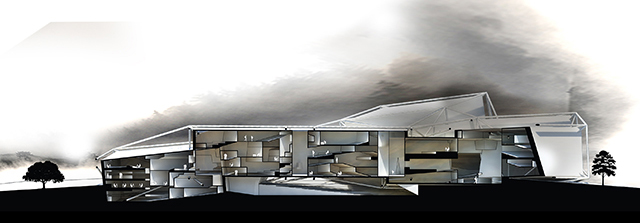
Ludic Office
Mustafa Ahmad; advised by Jonathan Bachrach, Sara Dean, Etienne Turpin, and Kyle Steinfeld

The ubiquity of information technology has transformed the navigation of spaces at an urban scale, thereby forever changing the way we conceptualize the structure of cities. An analogous transformation at a smaller scale has yet to be realized, as we continue to conceptualize and design buildings from a pre-computational point of view. This thesis speculates on the potential of just this - what new forms of occupation might arise once we have shed the limitations of rational space planning and wayfinding? The contemporary office provides a programmatic context for the investigation.
The Taylorist office was organized by functional necessity, the Modernist office by an adherence to abstract formal systems, the Post-Modern Burolandschaft office mirrored the social organization of the corporate structure which it served, while the contemporary Ludic Office conflates recreation and work. This project represents this latest conception of office space taken to its logical conclusion. Generative design plays a central role: producing a spatial intricacy not possible using manual methods.
Google translate represents the extent to which one is able to tailor the invisible city according to his or her own personal interests. It allows outsiders to strengthen their association to a city and grounding the notion of what it v means to be a global citizen.
The QR code allows for interactive possibilities when trying to identify objects within the urban landscape.
The Lonely Planet Guide Book serves as a comprehensive source of information regarding various aspects of touring the city of San Francisco. By breaking the city down into it's districts and marking out major tour routes, landscapes, restaurants, arts and entertainment related activities and recreational points one gets a very concise look into the itinerary or your typical tourist.
With the role of communication and information technology allowing real time updates of information certain objects within the city come into question. With the ubiquity of smart technology the role of printed bus schedule at bus stops are inflexible towards inconsistencies. What is even more fascinating is that it opens up new possibilities for the physical space of bus stops in terms of design.
The significance of this item is the convenience one has when walking around with smart technology. The pocket can be used as a metaphor that depicts how one is able to create their own spaces of work through the use of information technology. In terms of the invisible city project the pocket becomes a direct consequence of mobile information technology.
Through the use of communication and information technology one is able to zoom in on a location to view it's environment. What is even more interesting is that through the use of data we can locate things that otherwise are not based on geographical information. What I mean by that is if a particular object, instance or moment has been mentioned on the Internet chances are it is very possible to locate it through interactive maps. This graffiti of Waldo (which was mentioned on a website as one of the weirdest things caught on Google earth) represents that ability to locate unconventional items through the use of data and interactive mapping.



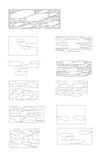
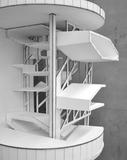








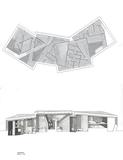
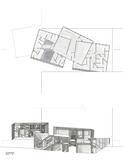
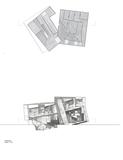
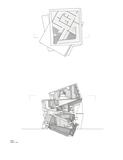
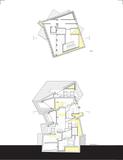
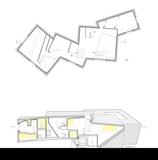
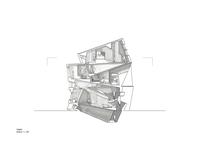
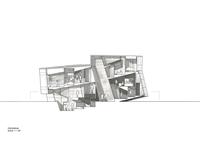












There's more!
Some other projects from this same class have been posted, as well as some interesting student work from this same year.